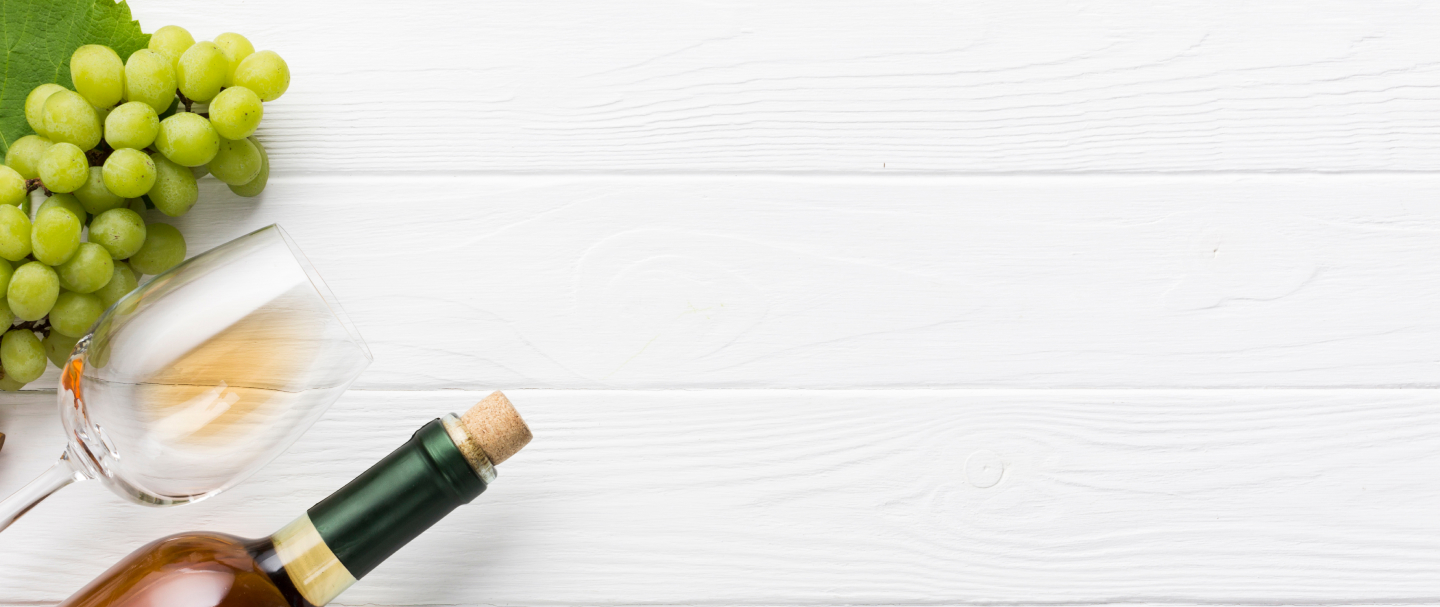Do we ship to you?.
More wines available from Vina Cobos
Pre-Arrival
Vina Cobos Bramare Malbec Chanares Vineyard 2015
750ml - 1 Bottle
Bottle:
$88.83
A focused and bright malbec with a toned and linear nature. Full to medium body, dark fruit and walnut and hazelnut...
Pre-Arrival
Vina Cobos Bramare Malbec Chanares Vineyard 2017
750ml - 1 Bottle
Bottle:
$88.83
#31 Top 100, 2020. The focus to this polished red is gorgeous with floral aromas coloring the blackberries and...
750ml
Bottle:
$39.93
$44.08
A round, soft, and rich malbec with sliced plums, peaches and some flowers. Full-bodied. Juicy and fresh at the end....
Pre-Arrival
Vina Cobos Bramare Malbec Rebon Vineyard 2013
750ml - 1 Bottle
Bottle:
$82.08
The purity of fruit on the nose is amazing with blueberry, blackberry and raspberry character. Full body, and...
More Details
Winery
Vina Cobos

Vintage: 2011
The year 2011 was an interesting year for many northern and central European countries, as the weather was more than unpredictable in the spring and summer. However, in most countries, the climatic conditions thankfully settled down in the late summer and fall. The result of this slightly difficult year of weather in France was a set of surprisingly small yields, but overall, these yields were of a higher quality than those harvested in certain previous years. A fantastic set of wines was also made in Italy and Spain, and the Rioja wines - when released - are set to be very good indeed. Austria also had superb year in 2011, with almost fifty percent more grapes being grown and used for their distinctive Gruner Veltliner wines than in the year before. Possibly the European country which had the finest 2011, though, was Portugal, with wineries in the Douro region claiming this year to be one of the best in decades for the production of Port wine, and the bright, young Vinho Verdes wines.
In the New World, the Pacific Northwest saw some of the best weather of 2011, and Washington State and Oregon reportedly had a highly successful year, especially for the cultivation of high quality red wine grapes. Chile and Argentina had a relatively cool year, which certainly helped retain the character of many of their key grape varietals, and should make for some exciting drinking. South Africa had especially good weather for their white wine grape varietals, particularly Chardonnay and Sauvignon Blanc, and many South African wineries are reporting 2011 as one of their best years in recent memory.

Region: Cuyo
The historic mountainous region of Cuyo in central-west Argentina, remains the nation's key wine producing area to this day, producing over eighty percent of the country's wines. Argentinian wines have gone from strength to strength over the past few decades, and it is undoubtedly the region of Cuyo which produces Argentina's most characterful and representative wines. Cuyo's dry and arid soil, rich in iron and other minerals has proven to be an ideal environment for the cultivation of Malbec grapes, alongside several other varietals which thrive in the hot climate and reach full ripeness each autumn, expressing their fruit-forward character. The vineyards of Cuyo are fed by the great Desaguadero River and its tributaries, helped by the extensive irrigation projects which have been undertaken over the past century.

Country: Argentina
It is said that the first Argentinian vines were planted in the Mendoza more than four hundred years ago by European settlers, and despite these early wines being used primarily for religious purposes, the fervor for wine making never left the area. Today, Argentina is keen to demonstrate its technological prowess when it comes to vineyard cultivation, by combining traditional methods of irrigation left over from the Huarpes Indians with modern techniques in order to make the dry, arid desert an ideal environment for growing grapes. Indeed, these ancient irrigation channels, dug hundreds of years ago and still in use today, bring mineral-rich melt water from the Andes via the Mendoza river, something which gives the grapes grown in this region some of their character. The primary grape of this and other regions of Argentina is the Malbec, which is highly susceptible to rot in its native France, but which thrives in the dry and hot climate of South America, producing rich and plummy wines which are highly drinkable especially when young.




